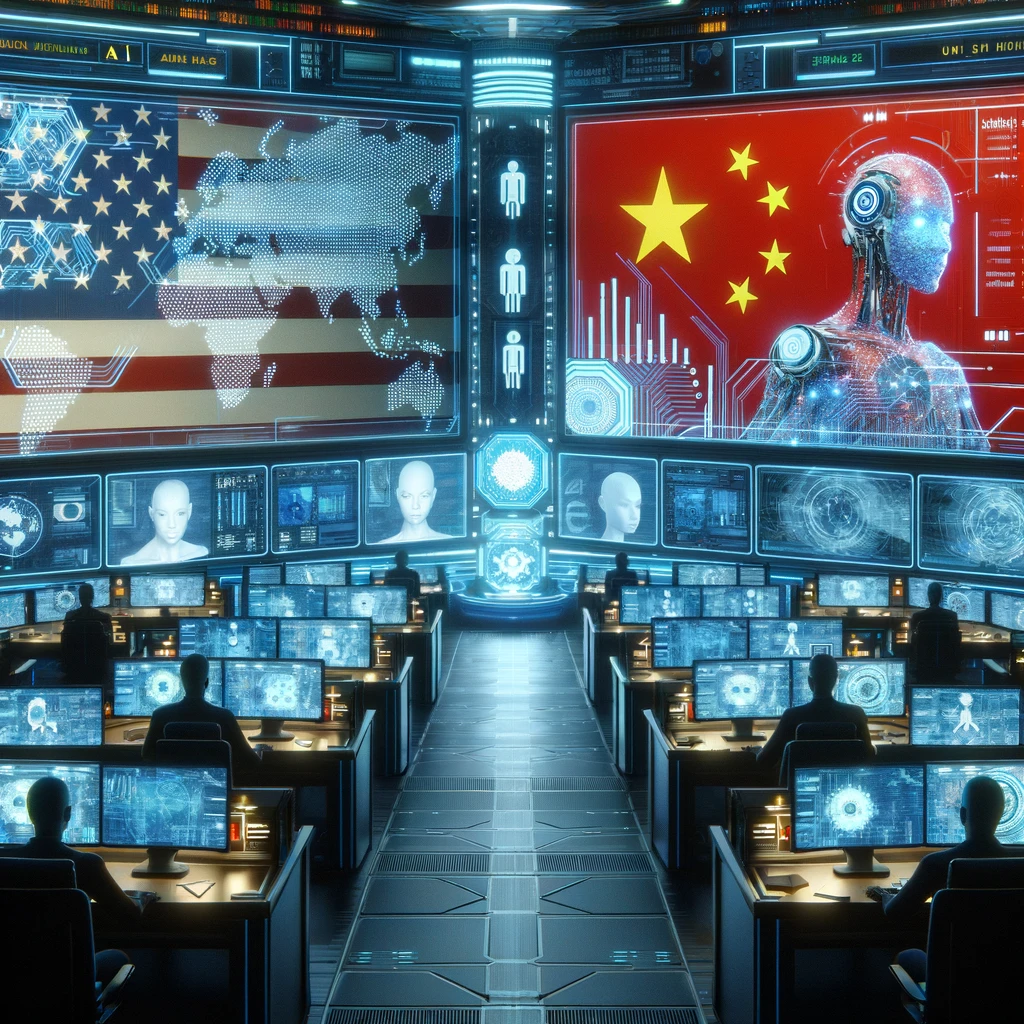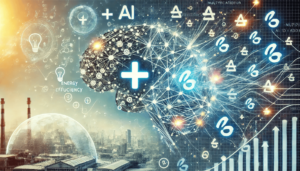Navigating the AI Tightrope: Balancing Global Security and Innovation

Exploring the tension and efforts in regulating AI technology between the US and China, as envisioned in a high-tech control room setting.
- What measures is the US considering to restrict China’s access to advanced AI software?
- How might these restrictions impact the global development of AI technologies?
- What are the potential risks and benefits of imposing such export controls on AI models?
As the technological landscape rapidly evolves, artificial intelligence (AI) has emerged not only as a cornerstone of innovation but also as a focal point of international security concerns. Recent moves by the U.S. government to potentially curb China’s access to advanced AI technologies spotlight a growing dilemma: how to protect national security interests without stifling global technological progress.
The Biden administration is reportedly considering implementing stringent controls on the export of sophisticated AI models, like those powering popular applications such as ChatGPT. This initiative, as outlined by sources in a recent Reuters article, aims to prevent these technologies from being misused by adversaries such as China and Russia, who might leverage them for military purposes or cyber warfare.
The Impetus for Control
At the heart of these considerations is the Commerce Department’s move to potentially restrict the export of proprietary or closed-source AI models. These advanced systems, developed by giants like Microsoft’s OpenAI and Google’s DeepMind, represent the pinnacle of AI capabilities but also pose significant risks if misused. The fear is that these AI models could be exploited to enhance cyber-attacks or even aid in the development of biological weapons.
However, implementing such controls presents a monumental challenge. The fast-paced nature of technological advancements means that regulatory measures often lag behind innovations. Moreover, the global nature of the tech industry complicates the enforcement of national restrictions. For instance, imposing export controls on AI models that are already widely disseminated or easily replicable could prove to be an exercise in futility.
The Global Impact of Restricting AI
While national security is paramount, the broader implications of restricting AI technology cannot be overlooked. Limiting the export of AI models might slow down the pace of global innovation, as these technologies play a crucial role in advancing research across various fields, from medicine to environmental science. There is a real risk that overly stringent controls could hinder the collaborative spirit of the tech community, limiting the potential benefits of AI advancements to a global audience.
Furthermore, there’s an inherent tension between the need to safeguard sensitive technologies and the drive to maintain an open, interconnected global economy. AI is not just a tool of strategic importance; it’s also a significant economic driver. Restricting access to AI technologies could inadvertently hamper the economic prospects of firms that depend on international markets.
Balancing Act: Security vs. Open Innovation
Finding the right balance between security and innovation requires a nuanced approach. Instead of blanket restrictions, the U.S. might consider more targeted measures that focus on specific uses of AI that pose security risks. This could involve tighter scrutiny of AI exports based on the intended use or the capabilities of the AI system, rather than broad categories of technology.
Moreover, fostering international cooperation on AI safety and ethics could be more effective than unilateral restrictions. By working together, nations can develop standards and guidelines that ensure AI development aligns with global security interests without dampening the spirit of innovation.
Looking Forward
As the U.S. administration contemplates these new controls, the global AI community watches closely. The decisions made today will not only shape the international security landscape but also dictate the path of AI development for years to come. It is a delicate balance to strike, and the world must tread carefully to ensure that the revolutionary benefits of AI are not lost in the bid to secure them against misuse.
In conclusion, while the U.S. government’s concerns about the misuse of AI are valid, the response must be measured and mindful of the broader implications. Only by fostering an environment that balances security with openness can the true potential of AI be realized for the benefit of all.




